There has been quite a lot of change occurring in Hollywood since the start of 2020. Since the beginning of the COVID-19 pandemic, the industry has been docking up quite a few improvements when it comes to inclusivity and representation. We’ve seen more diverse directors, writers, and actors in front and behind the scenes, landmark wins for Michelle Yeoh and Ke Huy Quan at the Oscars, and more cable television shows with disabled leads and co-leads. All of this is great news, giving us hope for a future of entertainment.
And while these changes are moving us in the right direction, Hollywood still has a lot of work to do, with one particular group in specific: Latino people. Making up 20% of the US population, a statistic that jumps all the way to 42% in Hollywood itself where American television and cinema are birthed, Latino presence in the film industry is marginal. From on-screen actors to behind-the-scenes writers, producers, and everywhere in between, Latino representation is missing.
This is a huge problem. By 2050, the Latino population here in the United States will triple in size. With numbers like that, how can Hollywood continue to make TV shows and films where Latinos continue to be erased?
Statistics vs. Reality
To understand just how underrepresented Latinos are in the media, we have to break down the metrics. As of 2022, Latinos are one-fifth of the U.S. population and are responsible for $2.8 trillion in the total economic output of the nation. Latinos are the second-fastest growing population in the US, after the Asian population, increasing at a rate of 19% between 2010 and 2022. 28 million Latinos in the US identified with more than one race, and have become the largest racial and/or ethnic group in California in Texas. Ultimately, Latinos are an important and incredibly visible part of American life.
You wouldn't know that from watching Hollywood TV and films. In television, only 3.1% of lead actors are Latino and 2.1% of co-lead/ensemble actors. 1.5% of TV showrunners and 1.3% of directors were Latino. Ultimately, Latinos represent just under 9.29% of those in streaming shows. In film, the stats were a hair better; Latinos represented just 5.2% of lead actors and 5.1% of co-lead/ensemble actors. Only 3.5% of screenwriters and 2.6% of directors were Latino. To break it down for you on a more visible scale; of all 124 Netflix TV Shows, only two were Latino leads, out of all 44 of Apple TV's shows, only one had a Latino lead.
What does this all mean? By excluding Latinos from Hollywood narratives, the industry perpetuates TV shows, films, and stories that are not representative of reality. Latinos are a large part of the American reality, and yet the stories that are meant to reflect ourselves, our countries, and our lived experiences, have almost eliminated Latinos completely. By continuing this process, Hollywood has become complicit in the erasure of Latinos.
A Problem With Stereotyping
When Latinos aren't being erased in the media, they are being stereotyped. From Narcos, to Cake, to Desperate Housewives, Latinos–– Central Americans in particular–– are made to be one of three things; lazy, crazy, or dangerous. These stereotypes come from a long and divisive history of hurtful biases. From the 1960s to now, Latinos are portrayed as lazy, drunk, and idiotic, to lethal and swarthy, attempting to bring drugs, guns, and danger across the border in the US. Later, they became known for their character of the helpless farmworker and immigrant, the domestic worker who is kind and subservient, while Latino women are often portrayed as incredibly sexy but emotionally volatile.
These stereotypes have very real and dangerous implications for the lived realities of Latinos. Cinema is a powerful tool for creating and nurturing belief systems. When we see stories that depict Latinos as drug cartel leaders and unassuming domestic workers, this creates a belief that Latinos either endanger the lives of other Americans or are subhuman. White Americans see these stereotypes and treat Latinos accordingly; viewing Latino workers as less than for their perceived work ethic, or actually perpetuating violence against them. These stereotypes further make it all the way into policies in America; since the Trump administration, the U.S. has tightened restrictions on immigration under the idea that Latinos risk the lives of Americans.
Latinos and White Washing
Latinos are some of the most racially diverse populations on the planet. While acquiring statistics on this can be challenging—Latinos inside and outside of the U.S. view race through different lenses, making statics gathering not always accurate—no two Latino experiences or cultures are the same. In terms of film and television, the diversity of Latinos means a slew of unique, nuanced, and interesting perspectives to bring into storytelling.
And yet, those Latinos that do make it into the film industry, tend to cater to the already-white biases of the film industry. From Pedro Pascal to Ana de Armas to Selena Gomez, the visual representation of Latinos on screen is minimal and not indicative of the population's racial and cultural diversity. Over the last thirteen years, only 6 Afro-Latinos worked as leads and co-leads, and 3 Latina women worked as directors.
This reality is no accident; there is a genuine bias against having Latinos work in front of and behind the camera in Hollywood.In an interview with John Leguizamo, known for hits such as The Menu, John Wick, and Encanto, the established actor lamented Hollywood’s racist treatment of Latinos in the industry:
“This one director wanted me to be in his movie. He said, 'I love your work, I want you in the movie.' And then I hear back from him. He calls me up, and he says, 'Oh, sorry man, you can't be in my movie because I already have a Latin actress and I can't have two Latin people in the movie.'"
Why are Latinos Being Cut Out?
So why is it that, as such a large portion of the US population, Latinos have such a small footprint in the film industry?
The first is the racist belief that no one would want to see a Latino lead in a movie or watch a show centered around Latino culture. As a result, when Latino films do come out, they are often undercut. When the 2021 film Encanto came out—a story focused on a family from Colombia and the magical powers they harbor—the film was initially a flop on opening weekend. A disappointing $27 million in domestic viewing, this was much lower than Disney had expected. And yet, this failed to take into account that the film was released in theaters just as COVID-19 quarantine restrictions were letting up. Audiences were hesitant to rush back to the cinema resulting in these meager numbers, and yet, the film's poor reception was blamed on the content of the film. Once the film hit streaming services, it became an immediate success; earning 228 million globally and 93 million in the US.
Lin-Manuel Miranda made waves with his musical In the Heights, showcasing the complexity and beauty of Latino enclaves in New York City. The film made 44 million in box offices worldwide, a disappointment for sure. Actress Melissa Barrera explained the movie's meager numbers as a personal attack: "It just felt like the industry was blaming us for not doing well and was blaming the fact that we were all Latinos and was blaming the fact that it was a musical that not a lot of people knew." And yet, the film has a 95% on Rotten Tomatoes and is generally beloved by those who did see it. These skepticisms from industry executives only make it more difficult to get Latino stories out there.
The second reason for Latinos' lack of presence is a lack of addressing the issue head-on. Huge strides for Asian and Black representation. These wins, which should be celebrated and continued, are the result of tireless work and activism from Black and Asian folks inside and outside the film industry. Latinos have yet to undergo this Cultural Revolution and have yet to create that grassroots movement to see themselves on screen. Combating the toxic way of running Hollywood takes direct interference from Latino people themselves.
The Power of Latino People
Facing these closed doors firsthand, Latinos already in the industry are angry, and they're letting execs in Hollywood know. In February 2020, right at the end of Hispanic Heritage Month, 270 Latinx showrunners, creators, and TV and feature writers wrote an open letter to Hollywood. This included words from Lin-Manuel Miranda, Tanya Saracho, Gloria Calderon-Kellett, Roberto Aguirre-Sacasa, Steven Canals, John Leguizamo, Linda Yvette-Chavez, Carolina Paiz, Marco Ramirez, Javier Grillo-Marxuach and more are calling for systemic change in the entertainment industry. Inspired by the work done by Black, Asian, and Indigenous folks to increase their representation in the film industry. Latinos are finally taking action to close the gap that persists between themselves and other minority groups in television, creating more upward mobility for people of color in general.
But the work isn't just being done inside the film world. Latinos make up a big section of streaming viewership, giving them much sway over what shows and films are popular. In fact, the most popular shows that are being binged around the country, had Latinos in front and behind cameras.
This fact means big news for Hollywood. Until recently, with racist beliefs keeping Latinos' from coming on screens and sharing their stories, these myths are being debunked. Putting Latinos in and around filmmaking increases the popularity of the series. Why? Latinos make up 20% of the US population and yet make up 42% of the country’s most-watched content. With such a large community committed to film and television, that makes them an untapped market. Promoting a show with Latino actors, producers, and writers, targets a community that has been all but ignored.
From this two-prong approach—impacting Hollywood from inside and outside—there is a great reason to believe change can happen. We are already beginning to see much of this slowly but surely. In Washington, the House Judiciary Committee has held multiple hearings on diversity in media led by a report on Latino representation in film. This was led by Representative Joaquin Castro from Texas and Carolyn B. Maloney from New York.
Changes Already Taking Place
We’ve seen huge increases in high-profile Latinos, including Oscar Isaac, Pedro Pascal, and Jenna Ortega. The Marvel Universe has included multiple Latino characters in its next generation of superheroes. People fell in love with Bad Bunny all over again for his performance in Bullet Train.
And while this is exciting, a more important shift is happening; we’ve also seen plenty of films and television shows come into the picture that capture the lived experiences of Latinos. Kumail Nanjianre co-created Little America, a series of stories of immigrants, written, directed, and acted by people of color and highlighting multiple Latino characters. Gentefied is a show co-created by Marvin Lemus and Linda Yvette Chavez that showcases the vivid culture of an up-and-coming Chicano in California. Spider-Man: Into the Spiderverse was a smash success, and highlighted Miles Morales, an Afro-Latino, as the protagonist. We’ve even seen Saturday Night Live finally take on its first Latino cast member, Marcelo Hernandez.
These are smaller-scale productions, but they are more likely to create bigger impact. From the ground up, writing and creating shows centered around authentic Latino experiences not only offers a new perspective for viewers to resonate with but opens up doors and opportunities for Latino creatives on the rise. It is these smaller productions that will lend themselves to bigger and better developments in the future. What can Hollywood do to help this? Hire more Latino folks in general, and green light stories centered around Latino people
For now, Latino representation is limited. But the future holds great possibilities. Following in the footsteps of amazing creatives and activists in the industry—folks who are building a career for themselves and attempting to open doors for fellow minorities—Latinos have great role models to emulate in their own Cultural Revolution.

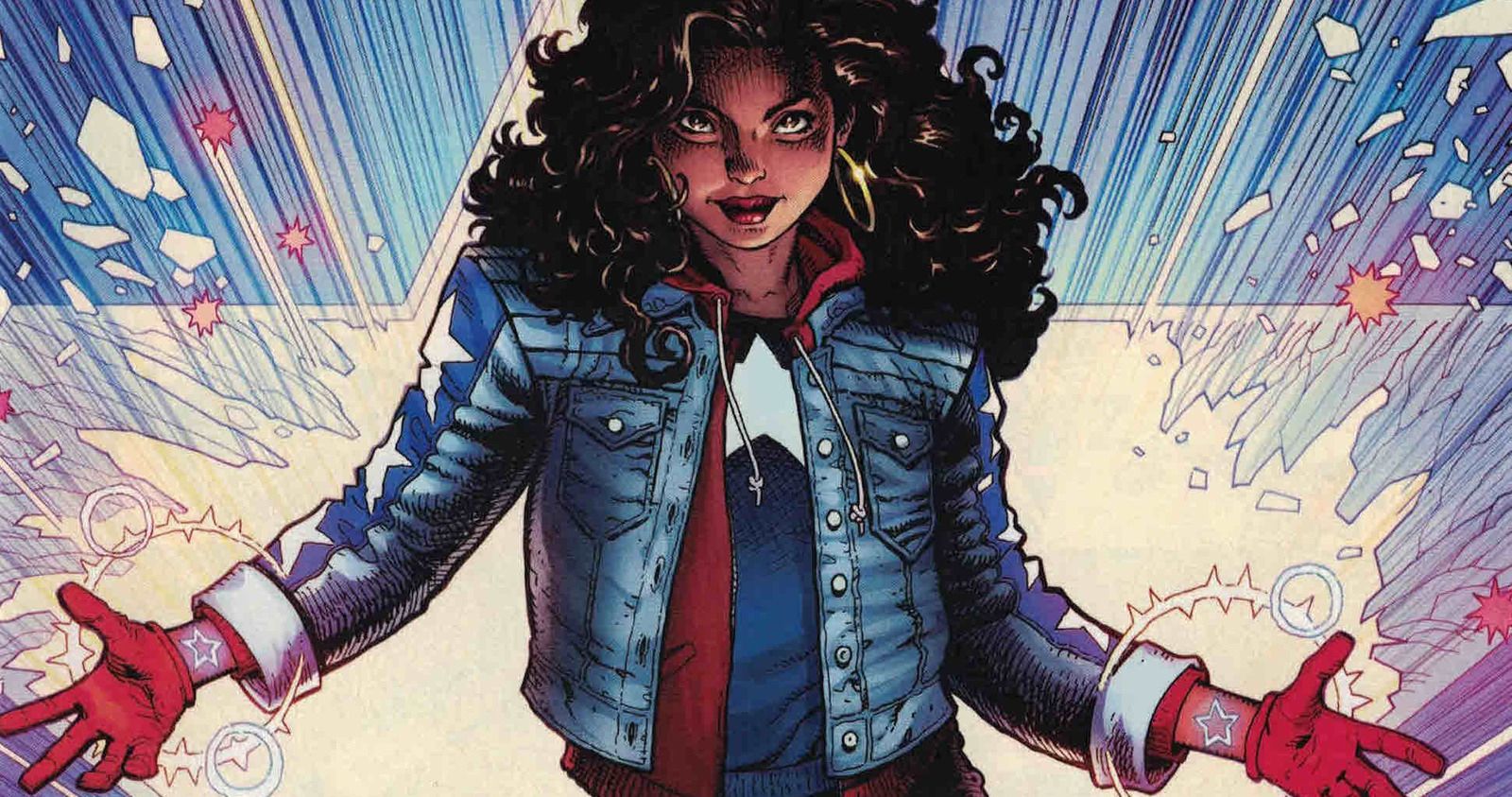
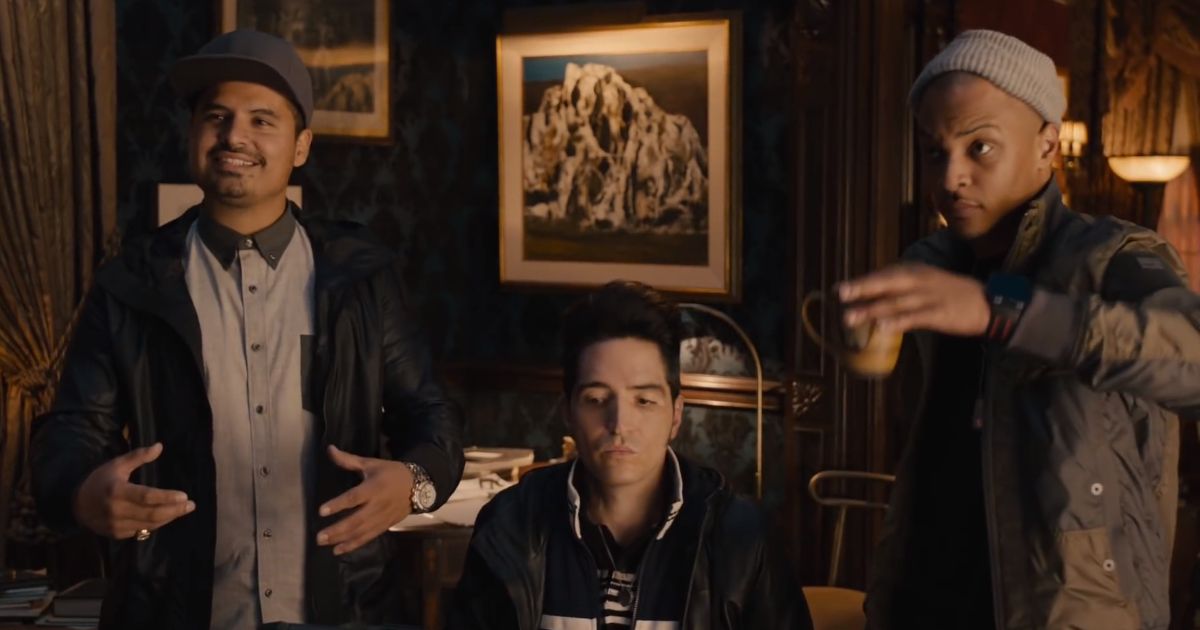
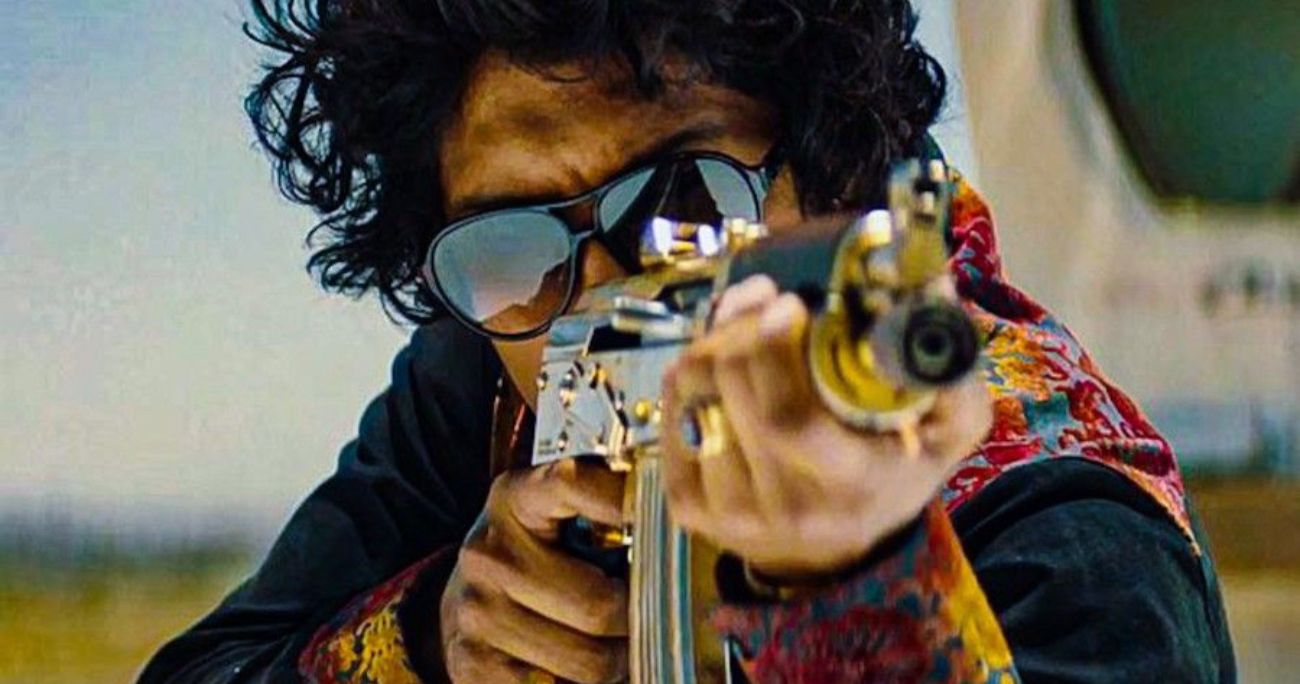

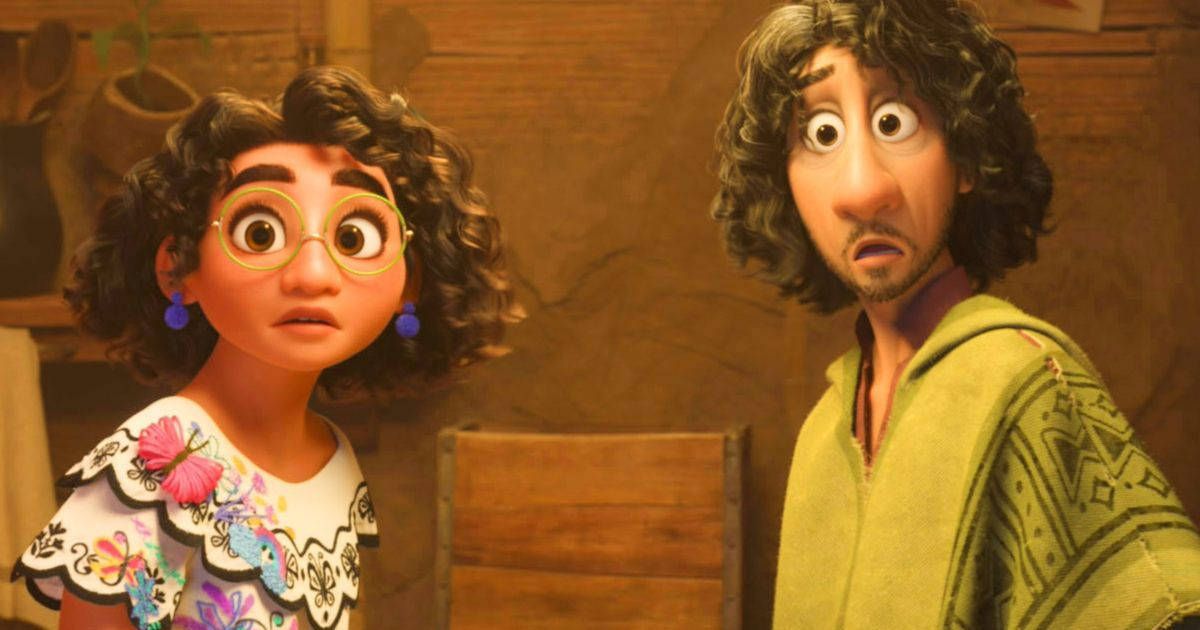
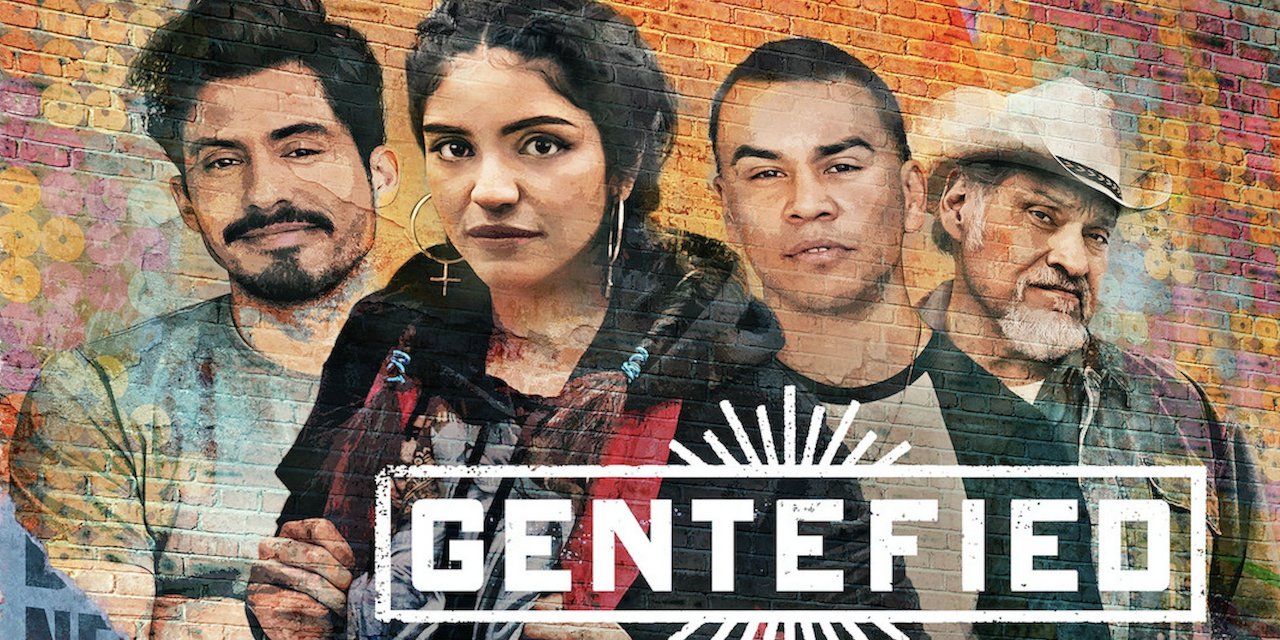
.jpg)